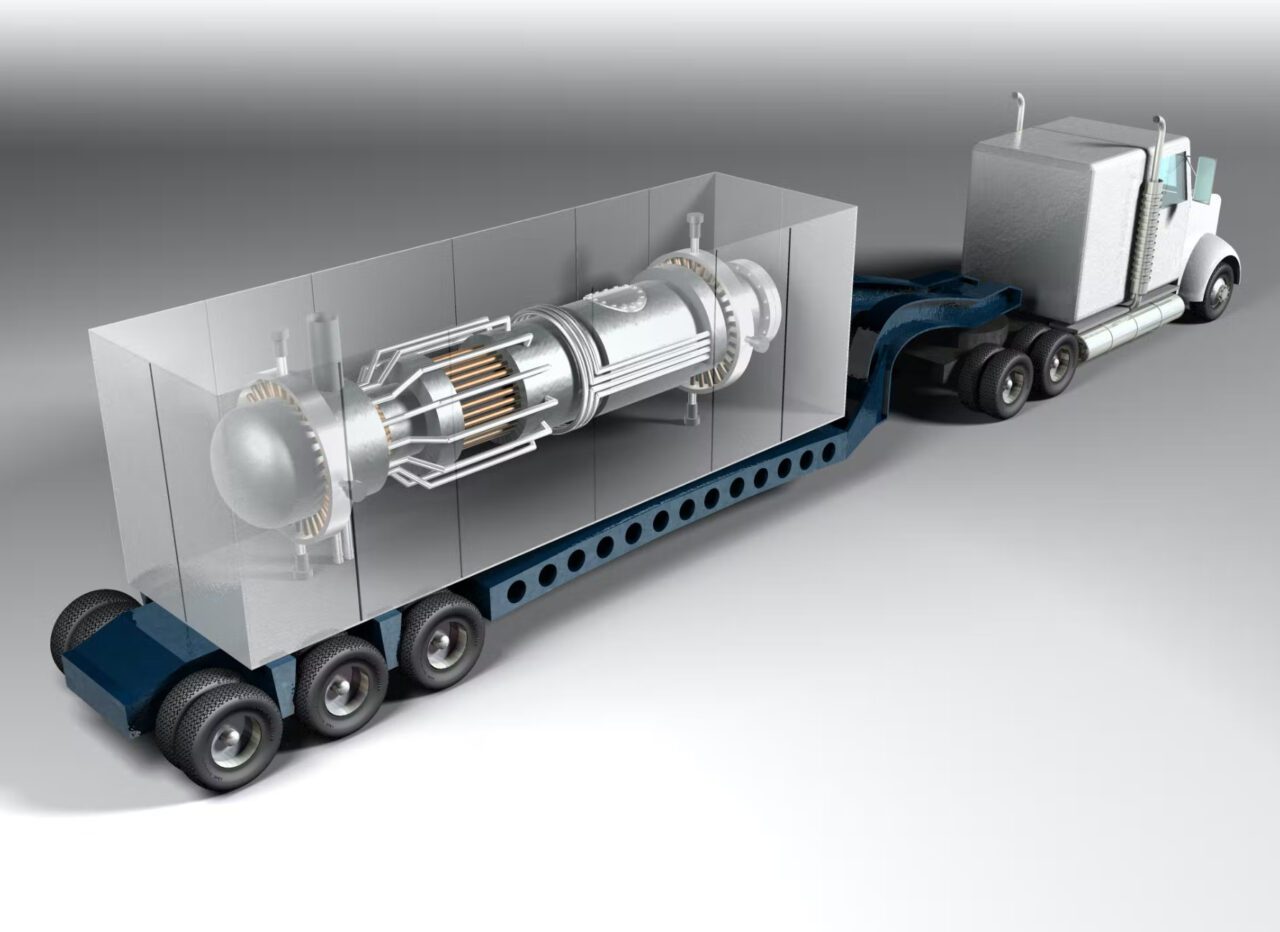
The Department of Defense’s Strategic Capabilities Office (SCO) has approved Project PELE (Portable Energy for Lasting Effects) – a mobile nuclear microreactor that can be flown to a site by a C-17 cargo plane and set up to power a military base. The decision follows upon the completion of the office’s Environmental Impact Statement work for the project.
“The DoD has a long history of driving American innovation, with nuclear power being one of many prominent examples,” said Mr. Jay Dryer, SCO Director. “Project PELE is an exciting opportunity to advance energy resilience and reduce carbon emissions while also helping to shape safety and nonproliferation standards for advanced reactors around the world.”
Along with being capable of being transported by the DoD, the nuclear microreactor will be able to deliver 1-5 megawatts of electrical power for a minimum of three years of full power operation. The reactor will be assembled and initially operated at Idaho National Laboratory (INL), and will be the first electricity-generating Generation IV nuclear reactor built in the United States. SCO is considering engineering designs developed by two competing teams: BWXT Advanced Technologies and X-energy. One design will be selected and announced later this spring. The Pele reactor is to be a single prototype. The DoD will decide whether or not to use it operationally at a future date.
“Thanks to the tireless work of the contract teams,the valuable input from local stakeholders, and the talented and experienced NEPA technical support teams at the Department of Energy and U.S. Army Corps of Engineers, we are confident that an inherently safe by design mobile microreactor can be constructed and demonstrated safely at Idaho National Laboratory,” said Dr. Jeff Waksman, Project PELE program manager. “Advanced nuclear power has the potential to be a strategic game-changer for the United States, both for the DoD and for the commercial sector. For it to be adopted, it must first be successfully demonstrated under real world operating conditions.”
